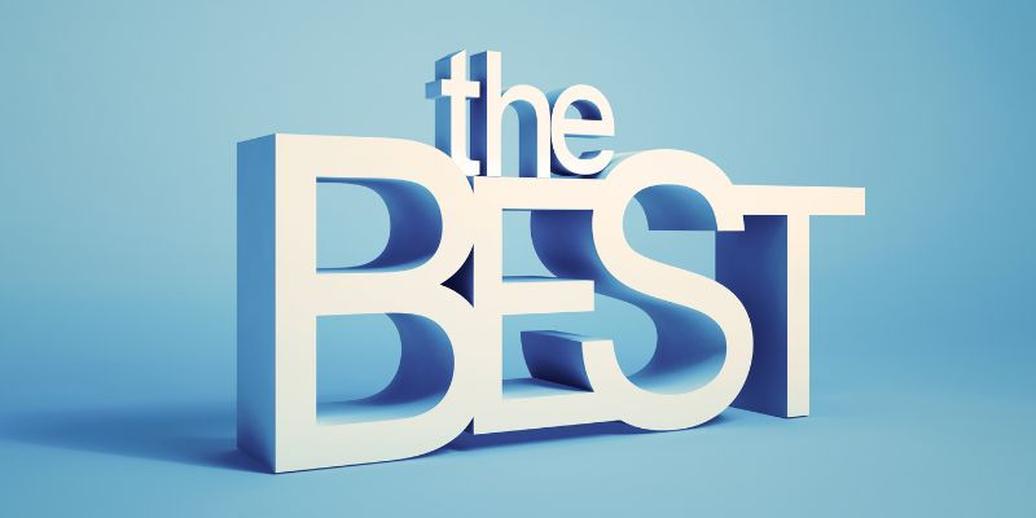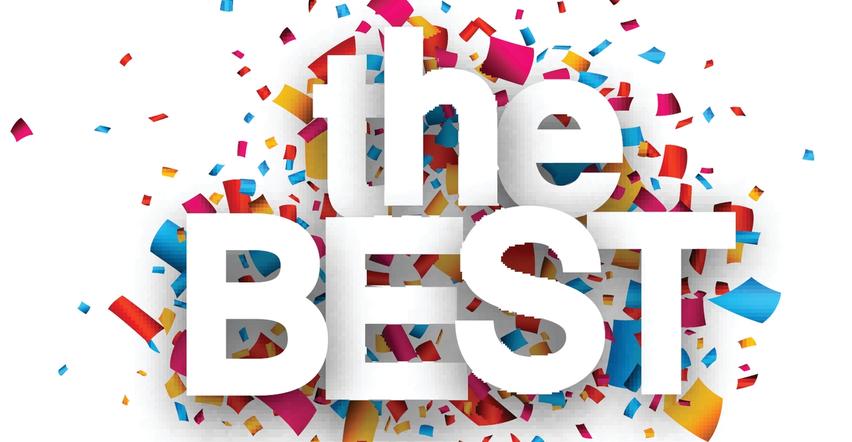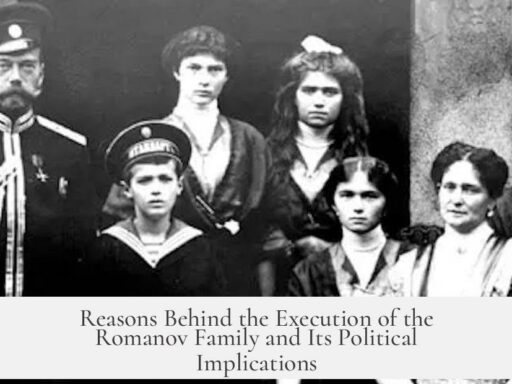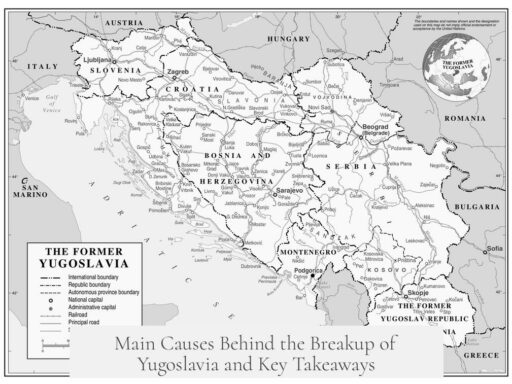The best books on Soviet history cover a wide range of topics including leadership, society, war, and politics, offering diverse perspectives and levels of analysis to understand this complex era.

For a foundational narrative on the Soviet Union, Lenin’s Tomb by David Remnick stands out. This work draws from a verifiable period of Soviet history, providing a reliable and comprehensive overview. Unlike many early histories that suffer from heavy propaganda, Remnick’s account remains grounded in firsthand sources and critical analysis.
World War II is a significant period for Soviet history. Readers interested in this era should consider Ivan’s War by Catherine Merridale. This book blends broad historical events with personal stories, illustrating how the German invasion and ensuing conflict deeply influenced Soviet society. Merridale explores the hardships faced by soldiers and civilians alike, making the massive scale of the war more relatable.

Another key work is Antony Beevor’s Stalingrad: The Fateful Siege, 1942-1943. It provides a detailed military and social examination of one of the most pivotal battles in the Soviet-German war.
The question of leadership and its consequences is central in Soviet history. Stalin: The Court of the Red Tsar by Simon Sebag Montefiore offers a vivid portrayal of Stalin’s regime and personal circle. For those interested in the roots of Soviet power and the revolutionary period, Tony Cliff’s trilogy—Building the Party, All Power to the Soviets, and Revolution Besieged—is invaluable. It contains detailed narratives on how the Soviet period originated and evolved. However, Cliff’s approach is partisan and particularly critical of the transition from Lenin to Stalin, making it important for the reader to be aware of its interpretive stance.

Stephen Kotkin’s Magnetic Mountain: Stalinism as a Civilization is a noteworthy work that examines everyday life during the Stalinist period. It uses diaries and other personal sources to describe the economic system and social dynamics. Kotkin sheds light on Soviet settler colonialism east of the Urals, which is less commonly discussed in standard histories. On the downside, some readers find Kotkin’s view of Soviet citizens as rational negotiators within a totalitarian system to be somewhat superficial.
Soviet society and culture have been analyzed in books such as Moscow, 1937 by Karl Schlögel and The Sword and the Shield: The Mitrokhin Archive & the Secret History of the KGB by Christopher M. Andrew and Vasili Mitrokhin. These works explore social undercurrents and security apparatuses that shaped public life.

For an experiential and literary perspective, Aleksandr Solzhenitsyn’s writings offer romanticized but insightful depictions of Soviet daily life. They provide cultural context rather than traditional history but are useful for understanding the era’s social fabric.
Broader context about Soviet influence in Eastern Europe is provided by titles like Iron Curtain: The Crushing of Eastern Europe, 1945-1956 and Timothy Snyder’s Bloodlands: Europe Between Hitler and Stalin. These works highlight the geopolitical and human costs of Soviet expansion and control after WWII.

For the academic reader, The Structure of Soviet History: Essays and Documents by Ronald Grigor Suny, Soviet Politics 1917-1991 by Mary McAuley, and Red Nations: The Nationalities Experience in and after the USSR by Dr. Jeremy Smith provide thorough analytical frameworks. They discuss nationalities, political structures, and broader historical questions.
Choosing the best book often depends on specific interests within Soviet history. Whether focused on political leadership, military history, social experience, or cultural aspects, there are detailed works available. The vast literature means a reader must narrow their focus for a tailored and rewarding reading list. The Modern Russian History section on specialized reading lists can also aid in finding suitable books.
Critically, it is important to consider the approach and biases of each author. For example, Kotkin’s analysis, while detailed, is sometimes viewed as lacking in capturing emotional or cultural subtleties that novels or satirical works like Bulgakov’s Master and Margarita do more effectively.
- Lenin’s Tomb by David Remnick offers a foundational history free from propaganda.
- Ivan’s War by Catherine Merridale and Stalingrad by Antony Beevor focus on WWII Soviet experience.
- Stalin: The Court of the Red Tsar and Tony Cliff’s trilogy detail leadership and revolutionary origins.
- Magnetic Mountain by Stephen Kotkin provides insight into everyday Stalinist life and economy.
- Works like Moscow, 1937, and the Mitrokhin Archive explore social and security dimensions.
- Solzhenitsyn’s writings add cultural and social texture, despite their romanticized style.
- For broader Soviet influence, Iron Curtain and Bloodlands examine postwar Eastern Europe.
- Academic readers benefit from works by Suny, McAuley, and Smith on politics and nationalities.
- Reader discretion is advised due to differing authorial perspectives and interpretive biases.
What Are the Best Books on Soviet History? Dive Into the Past with These Essential Reads
For anyone intrigued by the complex and often contradictory world of the Soviet Union, the best books on Soviet history are those that mix solid research with compelling narratives that peel back the layers of propaganda and myth. They reveal the human stories, the brutal politics, and the culture that shaped one of the 20th-century’s most significant powers. But with so many books claiming insight, which ones truly stand out? Let’s explore a carefully curated list that covers everything from Lenin’s revolutionary days to Stalin’s iron grip, and WWII’s massive impact on Soviet society.
Lenin’s Tomb by David Remnick: The starting point for modern Soviet history fans
If you want one book that captures the tumultuous final decades of the USSR, Lenin’s Tomb by David Remnick is a strong contender. Remnick, a journalist from The New Yorker, writes with the benefit of living memory and access to firsthand accounts, navigating through the fog of Soviet propaganda. His work is sharp and revealing, placing readers squarely in moments where the Soviet Union’s facade starts to crack.
This is not a dry textbook, but a deeply engaging account grounded in the period itself, giving an authentic feel for those last, chaotic years before the collapse.
World War II Through Soviet Eyes: Ivan’s War and Stalingrad
War is often where history becomes vivid. Two fantastic works bring the Soviet WWII experience to life with astonishing detail.
- Ivan’s War by Catherine Merridale is more than just dates and battles—it paints the lives of everyday soldiers and civilians under the strain of the German invasion. It’s a literary window into personal courage and despair.
- Stalingrad: The Fateful Siege, 1942-1943 by Antony Beevor focuses on arguably the most pivotal battle in Soviet and WWII history. Beevor’s gripping narrative reveals how the siege was both a military and a human catastrophe, essential to understanding Soviet resilience.
Stalin and His Court: Complex Portraits of Leadership
Understanding Stalin is key to unraveling Soviet history. Several books offer deep dives into his reign—each with a unique angle.
- Stalin: The Court of the Red Tsar by Simon Sebag Montefiore provides a vivid look inside Stalin’s inner circle, exposing paranoia, cruelty, and power struggles.
- Tony Cliff’s trilogy (Building the Party, All Power to the Soviets, Revolution Besieged) is dense and detailed. Challenging but rewarding, it argues fiercely about the revolutionary origins and questions the direct line from Lenin to Stalin, warning readers about bias if neutrality is your preference.
- Stephen Kotkin’s Magnetic Mountain: Stalinism as a Civilization explores Stalinism not just as brutal politics but as a way of life. It’s adapted from diaries and personal stories, showing how Soviets negotiated daily life under a totalitarian regime. However, Kotkin’s view of people as rational actors may underplay the emotional and psychological chaos, something Bulgakov’s Master and Margarita arguably captures better in fiction.
The Texture of Soviet Society: Beyond Politics to Daily Life
If history is about people, these books give the everyday Soviet citizen a voice:
- Moscow, 1937 by Karl Schlögel paints a portrait of the capital city at a time of terror and transformation.
- The Sword and the Shield: The Mitrokhin Archive & the Secret History of the KGB by Christopher M. Andrew and Vasili Mitrokhin offers an unprecedented look at the secret police’s inner workings and Soviet espionage.
- For literary portraits, Aleksandr Solzhenitsyn’s works—though not strict historical texts—bring to light the grim realities and psychological impact of life under Soviet rule, blending romanticism with brutal honesty.
Broader Soviet Influence and Eastern Europe
Want to see how the USSR shaped the broader region? Two recent, critically acclaimed books come highly recommended:
- Iron Curtain: The Crushing of Eastern Europe, 1945-1956 details how Stalin’s reach extended beyond Soviet borders to dominate Eastern Europe post-WWII.
- Bloodlands: Europe Between Hitler and Stalin by Timothy Snyder explores the devastating human toll where both totalitarian regimes clashed—offering crucial context for Soviet brutality within European history.
Academic and Analytical Perspectives
For readers wanting a scholarly lens without losing the narrative thread, these texts provide clarity and critique of Soviet history’s structure and politics:
- The Structure of Soviet History: Essays and Documents by Ronald Grigor Suny is an essential collection for understanding Soviet historical debates and documents.
- Soviet Politics 1917-1991 by Mary McAuley offers a concise overview of Soviet governance and political evolution.
- Red Nations: The Nationalities Experience in and after the USSR by Dr. Jeremy Smith explores how diverse ethnic groups dealt with Soviet rule and its aftermath.
How to Approach Soviet History Reading
Soviet history is vast and sometimes bewildering. It helps to narrow your focus—are you interested in political leaders? Social history? Military conflicts? Each lens reveals a different Soviet reality. The full Modern Russian History booklist from historians offers a rich source if you want to dig further.
Also, keep in mind the varying approaches: some books lean toward sympathy, others towards condemnation. For example, Tony Cliff’s trilogy is partisan, while Kotkin’s work invites debate about individual agency under totalitarianism. Solzhenitsyn, meanwhile, adds a literary flavor that informs but does not replace historical analysis.
Final Thoughts: Why These Books Matter
Reading about Soviet history is not just about memorizing names and dates. It’s about understanding a system that shaped millions of lives and changed global politics. These recommended books allow readers to grasp grand events and experience personal stories, to see how ideology met reality, and how people survived under tremendous pressure.
By combining journalistic accounts, academic research, soldier stories, and even literary insights, this reading list offers a multifaceted view. You’ll walk away not just with facts, but with a sense of what it felt like to live through one of history’s most intense experiments.
So, which book will you start with? A riveting journalistic narrative like Lenin’s Tomb? A heart-wrenching portrait of World War II in Ivan’s War? Or perhaps the intricate power dance in Stalin’s court? The Soviet past awaits, ready to be explored.




